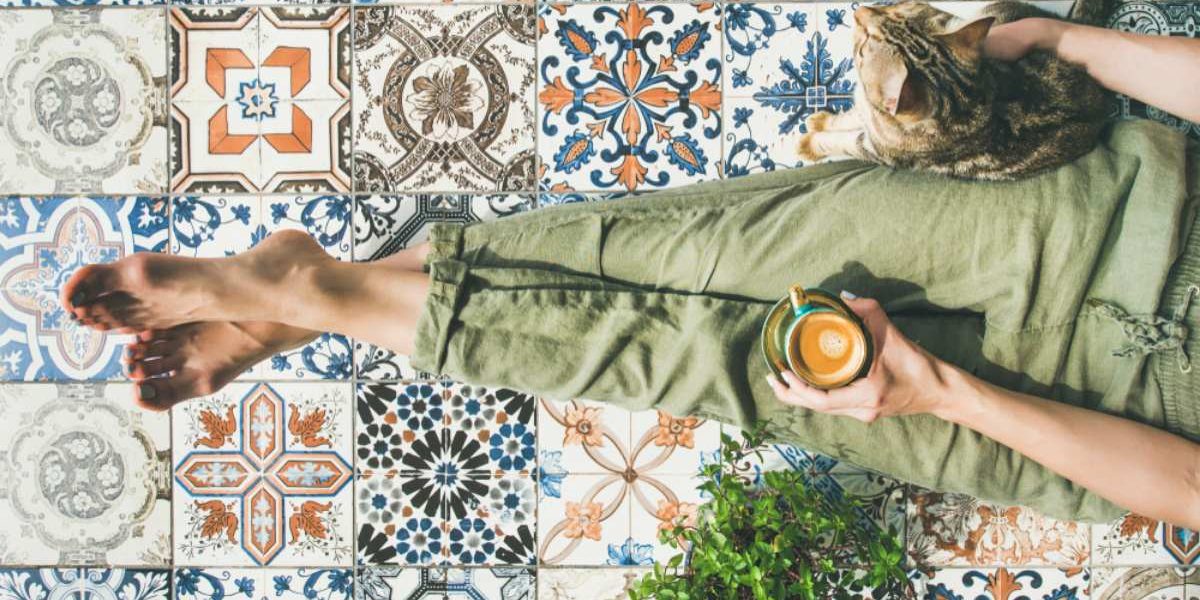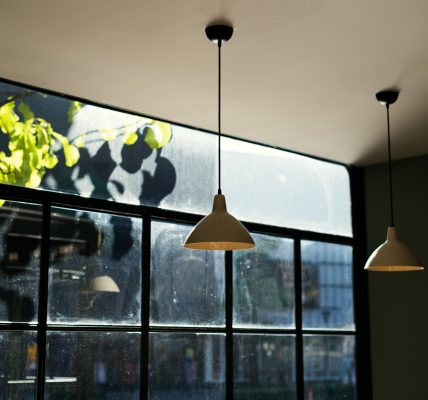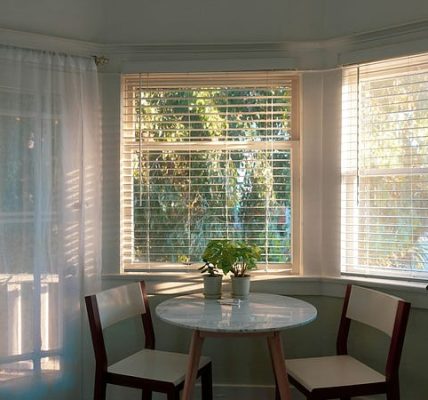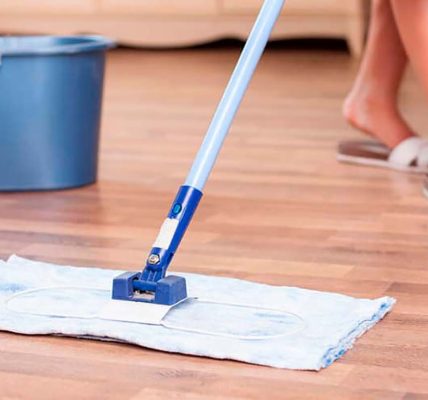Moroccan tile design is a stunning testament to the rich cultural heritage and artistic traditions of Morocco. Renowned for their intricate patterns, vibrant colors, and meticulous craftsmanship, Moroccan tiles have captivated designers and homeowners around the world. These tiles, often referred to as zellige or zelij, are much more than decorative elements; they are pieces of art that tell stories of a rich cultural past. This article explores the history, characteristics, and modern applications of Moroccan tiles, highlighting why they remain a beloved choice for creating unique and beautiful spaces.
A Brief History of Moroccan Tiles
The art of Moroccan tile making dates back over a thousand years, influenced by the artistic and architectural traditions of the Islamic world. The techniques and styles of Moroccan tiles evolved over centuries, incorporating elements from Moorish, Persian, and Andalusian designs. The city of Fez, Morocco, became a major center for tile production, known for its skilled artisans who passed down their knowledge through generations.
Zellige tiles, the most famous type of Moroccan tiles, are traditionally handmade from non-refined natural clay. Each tile is meticulously hand-cut and assembled into intricate geometric patterns, reflecting the Islamic artistic principles of aniconism (the avoidance of figural representation) and the use of complex, abstract designs.
Characteristics of Moroccan Tiles
1. Geometric Patterns: One of the most defining features of Moroccan tiles is their intricate geometric patterns. These patterns often include stars, crosses, and other interlocking shapes that create a mesmerizing, almost kaleidoscopic effect. The precision and complexity of these designs are a testament to the skill of the artisans.
2. Vibrant Colors: Moroccan tiles are known for their bold and vibrant colors. Common hues include cobalt blue, emerald green, saffron yellow, and ruby red. These colors are often used in combination to create visually striking mosaics that add a lively and dynamic feel to any space.
3. Handmade Craftsmanship: Traditional Moroccan tiles are handmade, involving significant time and meticulous attention to detail. Artisans shape and glaze each tile individually, ensuring that the patterns align perfectly when assembled. This handcrafted nature means that no two tiles are exactly alike, adding to their unique charm.
4. Glazed Surface: The surface of Moroccan tiles is usually glazed, giving them a shiny, reflective finish. This glazing not only enhances the beauty of the tiles but also makes them more durable and resistant to water and stains.
Modern Applications of Moroccan Tiles
1. Kitchen Backsplashes: Moroccan tiles are a popular choice for kitchen backsplashes, where their vibrant colors and intricate patterns can create a stunning focal point. Whether used as a full backsplash or as accent tiles, they add a touch of exotic elegance to the kitchen.
2. Bathroom Walls and Floors: In bathrooms, Moroccan tiles can transform ordinary walls and floors into luxurious, spa-like environments. Their water resistance and easy maintenance make them ideal for wet areas. Consider using them in showers, around bathtubs, or as decorative borders.
3. Accent Walls: Moroccan tiles are perfect for creating dramatic accent walls in living rooms, dining rooms, or bedrooms. An accent wall adorned with Moroccan tiles can become a piece of art, drawing the eye and adding depth and texture to the space.
4. Outdoor Spaces: Moroccan tiles can also be used to enhance outdoor areas such as patios, garden walls, and swimming pools. Their durability and resistance to the elements make them suitable for exterior applications, where they can create a vibrant, Mediterranean-inspired look.
5. Fireplace Surrounds: Using Moroccan tiles around a fireplace can add warmth and character to the hearth. The intricate designs and rich colors provide a beautiful contrast to the fire’s natural glow, creating a cozy and inviting atmosphere.
Designing with Moroccan Tiles
1. Mixing and Matching: One of the joys of working with Moroccan tiles is the ability to mix and match different patterns and colors. This can result in a unique and eclectic look that reflects your personal style. Whether you opt for a harmonious color scheme or a bold contrast, Moroccan tiles offer endless possibilities for creative expression.
2. Creating Focal Points: Use Moroccan tiles to create focal points in your design. A well-placed mosaic can draw attention and become the centerpiece of the room. Consider using them to highlight architectural features such as niches, archways, or stair risers.
3. Combining with Other Materials: Moroccan tiles pair beautifully with other materials such as wood, metal, and natural stone. Combining different textures and finishes can add depth and interest to your design. For example, a wooden vanity with a Moroccan tile backsplash creates a stunning juxtaposition of rustic and refined elements.
4. Custom Designs: For a truly personalized touch, consider commissioning custom Moroccan tile designs. Skilled artisans can create bespoke patterns and color combinations that reflect your unique taste and style. This is an excellent option for special projects or when you want to achieve a specific look.





